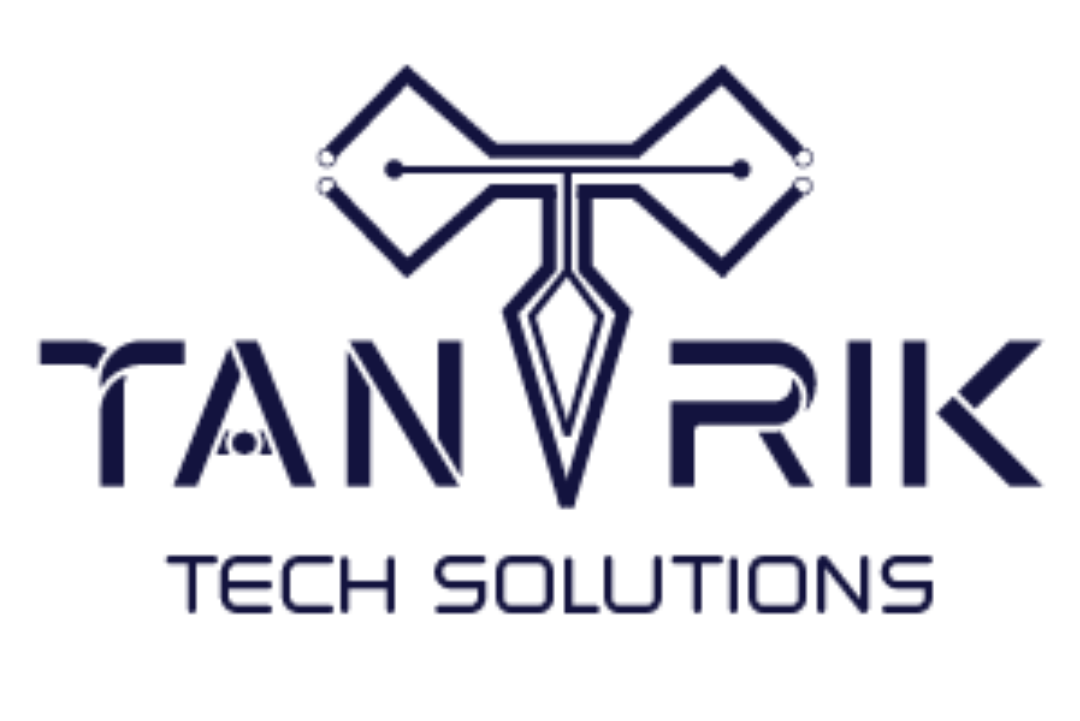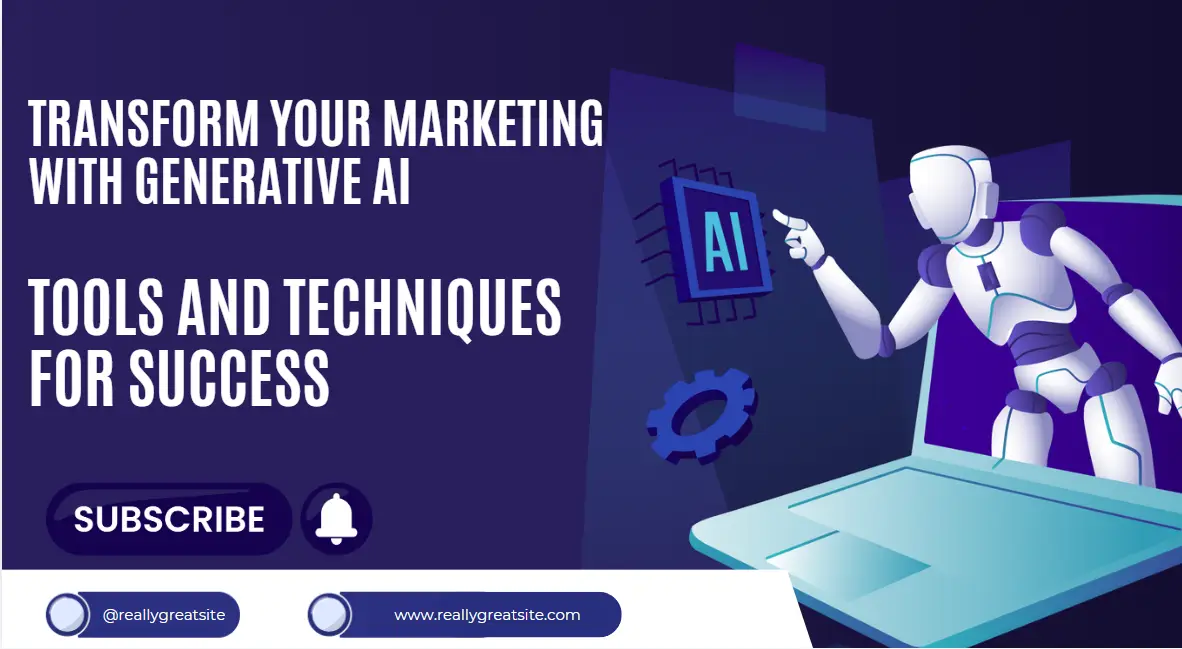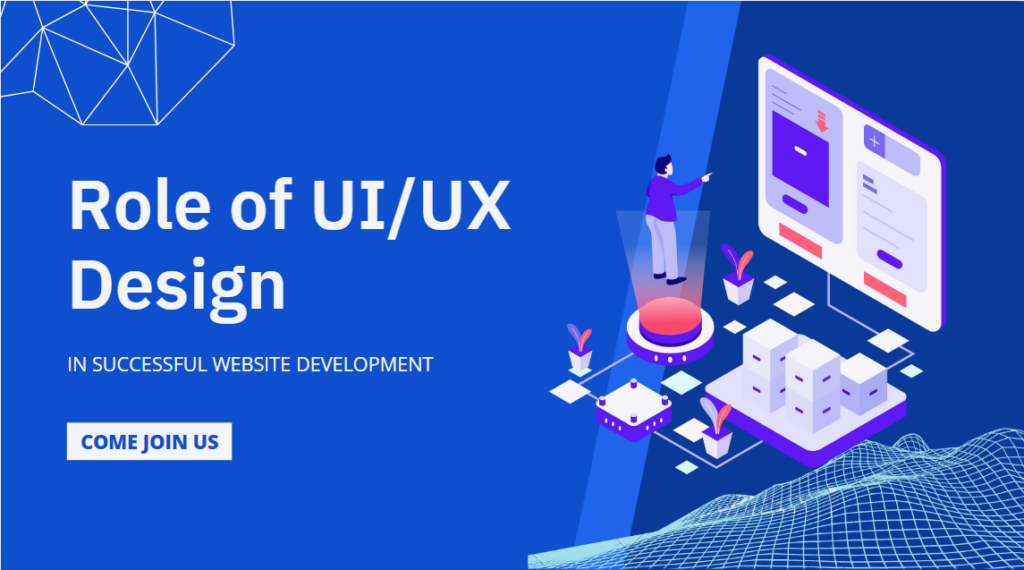In today’s competitive landscape, generative AI has emerged as a powerful force reshaping how businesses approach marketing. With its ability to create high-quality content, optimize campaigns, and offer hyper-personalized customer experiences, generative AI is revolutionizing digital marketing strategies across industries. What was once the realm of imagination—AI crafting compelling ad copy, generating unique product recommendations, and even designing marketing creatives—is now a reality.
In this blog, we’ll explore how generative AI is transforming marketing and provide actionable tools and techniques that can help you leverage this technology to drive success for your business.
What is Generative AI?
Generative AI refers to machine learning models capable of generating new content, data, and ideas based on learned patterns from existing datasets. Unlike traditional AI, which focuses on analyzing and predicting, generative AI creates something new. For marketers, this means AI can now automate content creation, design, video production, and even customer interactions, resulting in more personalized and impactful campaigns.
Common types of generative AI models include:
- Natural Language Processing (NLP): Used for generating text, such as blogs, social media posts, and product descriptions.
- Generative Adversarial Networks (GANs): Often used to generate realistic images, videos, and designs.
- Deep Learning Models: These analyze vast datasets to generate new insights, predict trends, and automate content recommendations.
Generative AI’s versatility makes it an essential tool for modern marketers looking to boost efficiency, creativity, and ROI.
The Benefits of Generative AI in Marketing
Generative AI offers several key benefits for marketers, helping streamline processes, increase personalization, and improve results across multiple channels. Let’s break down the most impactful ways AI is transforming marketing:
1. Automation of Content Creation
Generative AI can produce large volumes of high-quality content quickly and efficiently, allowing marketers to focus more on strategy and less on execution. From generating blog articles to social media posts, AI can handle content that meets brand voice and style requirements while reducing manual effort.
2. Personalized Customer Experiences
Today’s consumers expect personalized experiences tailored to their preferences. Generative AI analyzes customer data to deliver highly relevant content, product recommendations, and personalized emails that improve customer engagement and loyalty.
3. Enhanced Campaign Optimization
Generative AI tools can analyze marketing performance in real-time and suggest optimizations based on data patterns. This allows marketers to test multiple ad variants, landing pages, and email designs, ensuring campaigns are always performing at their best.
4. Cost and Time Efficiency
By automating repetitive tasks like copywriting, ad creation, and A/B testing, generative AI helps marketers save both time and money. Marketers can allocate their resources more strategically, focusing on creative direction, customer engagement, and innovation.
5. Increased Creativity and Innovation
Generative AI is not just about automation—it also enhances creativity by generating new ideas, ad variations, and design concepts. AI-driven creative tools can help brands think outside the box, providing inspiration that may not have been considered otherwise.
Key Marketing Areas Transformed by Generative AI
Generative AI is impacting several core areas of marketing. Here are the key areas where this technology is making the biggest difference:
1. Content Marketing
AI-generated content tools like GPT-4 are revolutionizing content creation by drafting high-quality blogs, product descriptions, and even video scripts. These tools can analyze your brand’s tone and style to produce engaging, SEO-optimized content faster than a human writer, allowing marketing teams to scale their content strategies efficiently.
2. Advertising and Copywriting
Generative AI is transforming advertising by automating the creation of ad copy, landing page headlines, and display ads. Tools like Copy.ai and Jasper AI can generate multiple ad variations in minutes, enabling marketers to test different messaging, CTAs, and creative elements at scale.
3. Email Marketing
AI-powered tools such as Mailchimp’s Smart Recommendations can generate personalized email content for every customer segment, including product suggestions, offers, and subject lines. Generative AI improves open rates and engagement by crafting messages that are hyper-relevant to individual user preferences.
4. Social Media Marketing
Tools like Lately AI and Hootsuite’s AI features help marketers auto-generate social media posts, captions, and hashtags based on previous successful campaigns. AI can also analyze which posts are likely to perform well, enabling better social media strategy execution and boosting engagement.
5. Video and Visual Design
Generative AI is being used to automate video production, including editing, animation, and post-production. Platforms like Synthesia allow marketers to generate realistic videos using AI actors, while tools like Canva’s Magic Design feature can generate design ideas for social media posts, ads, and presentations.
Essential Generative AI Tools for Marketers
With the rise of generative AI, there are several innovative tools available that can help marketers improve their operations, creativity, and campaign results. Here’s a list of some of the most powerful AI tools you should consider:
1. GPT-4 / ChatGPT by OpenAI
One of the most powerful NLP models available, GPT-4 can generate human-like text for blog posts, emails, social media content, and product descriptions. It can also assist in brainstorming content ideas or creating outlines for more structured writing.
2. Jasper AI
Jasper AI is a versatile AI-powered writing assistant that helps marketers generate ad copy, email campaigns, landing page content, and more. Jasper excels at creating engaging content optimized for conversion, with templates specifically designed for marketers.
3. Copy.ai
Copy.ai automates the process of writing ad copy, blog content, and social media captions. Its AI engine helps marketers create fresh, relevant content for different platforms, optimizing for SEO and engagement.
4. Lumen5
A video creation tool that uses AI to transform text content into engaging videos, Lumen5 is perfect for turning blog posts, articles, and marketing messages into shareable video formats for social media.
5. Canva Magic Tools
Canva’s Magic Design and Text to Image tools allow marketers to generate unique designs, banners, and promotional images using AI. These features enable quick content production without needing advanced design skills.
6. Phrasee
Phrasee uses AI to generate, optimize, and test email subject lines, social media ad copy, and push notifications. It specializes in increasing click-through rates by producing compelling, on-brand content.
7. MidJourney
For marketers working with visual branding, MidJourney is a generative AI tool that creates unique digital artwork, logos, and graphics from text-based prompts, helping brands stand out with custom visuals.
Techniques to Maximize Success with Generative AI
To harness the full potential of generative AI in your marketing efforts, you need to pair the right tools with effective strategies. Here are some techniques to help you maximize success:
1. Define Clear Goals and Objectives
Before implementing AI tools, it’s critical to have a clear understanding of your marketing objectives. Whether you’re aiming to increase engagement, drive traffic, or improve conversion rates, aligning your AI efforts with specific KPIs will ensure that you’re maximizing the technology’s potential.
2. Leverage Data to Drive Personalization
Generative AI thrives on data. The more data you feed into these models, the more accurate and personalized your results will be. Make sure you’re collecting and analyzing data on your audience’s preferences, behaviors, and purchasing habits to personalize content, ads, and customer interactions at scale.
3. Integrate AI with A/B Testing
A/B testing becomes even more powerful when combined with generative AI. Use AI to generate multiple variations of ad copy, landing pages, and emails, and then test them to see which versions resonate best with your target audience. This allows you to optimize your campaigns more effectively.
4. Use AI to Generate Creative Inspiration
Generative AI isn’t just about automation—it can spark creativity. Use AI tools to brainstorm ideas for campaigns, ad headlines, or video scripts. While the AI may not always hit the mark, it can offer fresh perspectives and ideas you might not have considered.
5. Monitor and Optimize Campaigns in Real-Time
AI tools can provide real-time insights into how your campaigns are performing. Use AI-generated analytics to monitor key metrics like CTR, conversion rates, and engagement. This allows you to make adjustments on the fly and ensure continuous improvement in campaign performance.




